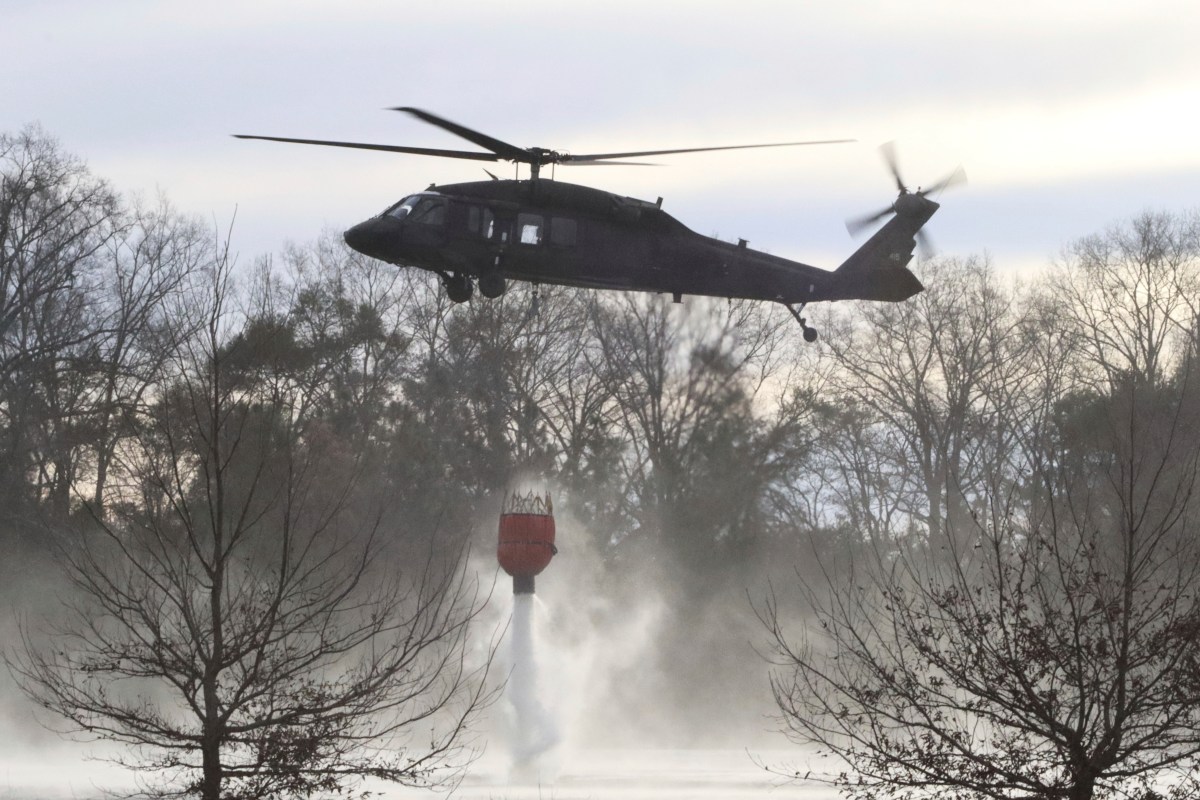South Carolina Woman Charged in Massive 2,000-Acre Wildfire Incident
A South Carolina woman has been charged with igniting a massive wildfire that consumed over 2,000 acres of land, prompting serious discussions about environmental safety and accountability. The incident, which unfolded in the heart of the state’s picturesque landscapes, has raised alarm bells not only among local residents but also among environmentalists and policymakers. As fires become increasingly common due to climate change, this case highlights the pressing need for responsible land management and enhanced awareness of fire safety protocols.
The Incident: What Happened?
On a day that began like any other, a small spark turned into a raging inferno that would devastate thousands of acres. The woman, whose name has not yet been disclosed, allegedly ignited the fire during an outdoor activity. Eyewitnesses reported seeing flames mushrooming rapidly, fueled by dry conditions and strong winds that are characteristic of the region during this time of year.
Firefighters from across the state responded quickly, but the blaze proved to be a formidable adversary, challenging containment efforts and threatening wildlife, homes, and ecosystems alike. Over the course of several days, firefighters battled the flames, employing aerial support and ground crews to manage the situation.
Environmental Impact of the Wildfire
The ecological ramifications of the 2,000-acre wildfire are profound. Wildfires can lead to immediate and long-term damage to local ecosystems, affecting plant and animal life. The South Carolina landscape, known for its rich biodiversity, now faces a setback. The fire has:
- Devastated Habitats: Many species native to the area have lost their homes, leading to potential population declines.
- Increased Erosion: With vegetation stripped away, the soil is now more susceptible to erosion, which can lead to sediment runoff into local waterways.
- Air Quality Concerns: Smoke and particulate matter released into the atmosphere can impact air quality, posing health risks to nearby residents.
As the community begins to assess the damage, the focus must shift toward rehabilitation and restoration efforts to heal the land and its inhabitants.
Legal Ramifications and Accountability
The woman charged in connection with the wildfire now faces serious legal consequences. Under South Carolina law, igniting a wildfire that causes significant damage can result in hefty fines and imprisonment. This case serves as a critical reminder of the importance of personal accountability when engaging in activities that pose risks to public safety and the environment.
- Charges Filed: The woman has been charged with arson, which is a serious offense that carries severe penalties.
- Potential Consequences: Depending on the severity of the charges and the outcome of the case, she could face years in prison and substantial financial restitution.
Legal experts suggest that the outcome of this case could set a precedent for how similar cases are handled in the future, especially as wildfires become more prevalent across the United States. With climate change influencing weather patterns, the legal framework surrounding fire-related incidents may need to evolve.
The Role of Education in Fire Safety
One of the most pressing questions arising from this incident is: how can we prevent such tragedies in the future? Education is key. Communities must prioritize fire safety education to ensure that individuals are aware of the risks associated with outdoor activities.
- Public Workshops: Local governments and fire departments can organize workshops to teach residents about fire safety protocols.
- Community Programs: Initiatives that encourage responsible outdoor behavior can help cultivate a culture of safety.
- School Involvement: Incorporating fire safety education into school curriculums can help instill knowledge from an early age.
By fostering awareness and understanding, communities can work together to prevent future wildfires and protect their natural resources.
Community Response and Resilience
In the wake of the wildfire, the South Carolina community has come together to support one another. Local organizations are mobilizing efforts to assist those affected by the fire. This includes:
- Fundraising Drives: Initiatives to collect funds for recovery efforts are underway, aimed at helping families rebuild their lives.
- Volunteer Programs: Residents are volunteering their time to help with cleanup and restoration efforts.
- Awareness Campaigns: Community leaders are launching campaigns to raise awareness about fire safety and prevention strategies.
This collective response showcases the strength and resilience of communities in the face of adversity, illustrating how unity can foster recovery and healing.
The Bigger Picture: Wildfires and Climate Change
This incident is not just an isolated event; it is part of a larger narrative surrounding wildfires in the context of climate change. As global temperatures rise and weather patterns shift, the frequency and intensity of wildfires are expected to increase. Understanding the relationship between climate change and wildfire occurrences is essential for developing effective strategies to mitigate their impacts.
- Rising Temperatures: Higher temperatures can lead to drier conditions, creating a more conducive environment for wildfires.
- Increased Drought: Prolonged drought periods can leave vegetation parched and more susceptible to ignition.
- Changing Ecosystems: As ecosystems shift, certain areas may become more prone to wildfires, necessitating adaptive management strategies.
Addressing these challenges requires a multi-faceted approach involving government policies, community engagement, and individual responsibility. The incident in South Carolina serves as a reminder that everyone has a role to play in protecting our environment.
Conclusion
The charge against the South Carolina woman in connection with the 2,000-acre wildfire incident is a stark reminder of the delicate balance between human activity and environmental stewardship. As communities rally together to recover from this devastating event, it is imperative that we learn from this incident and prioritize education, accountability, and proactive measures to prevent future wildfires. By fostering a culture of awareness and preparedness, we can protect our natural resources and ensure a safer environment for generations to come.
See more Update My News



